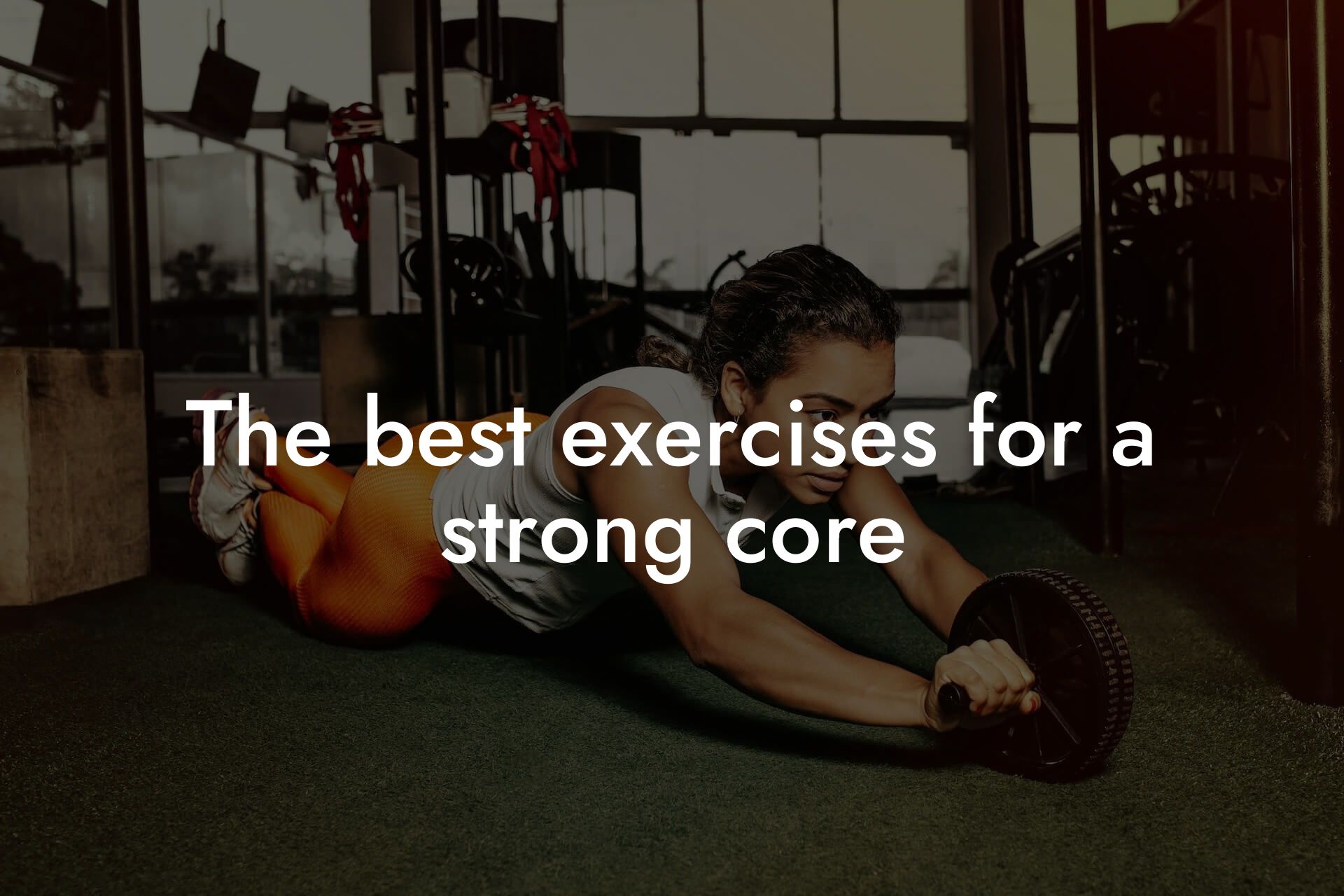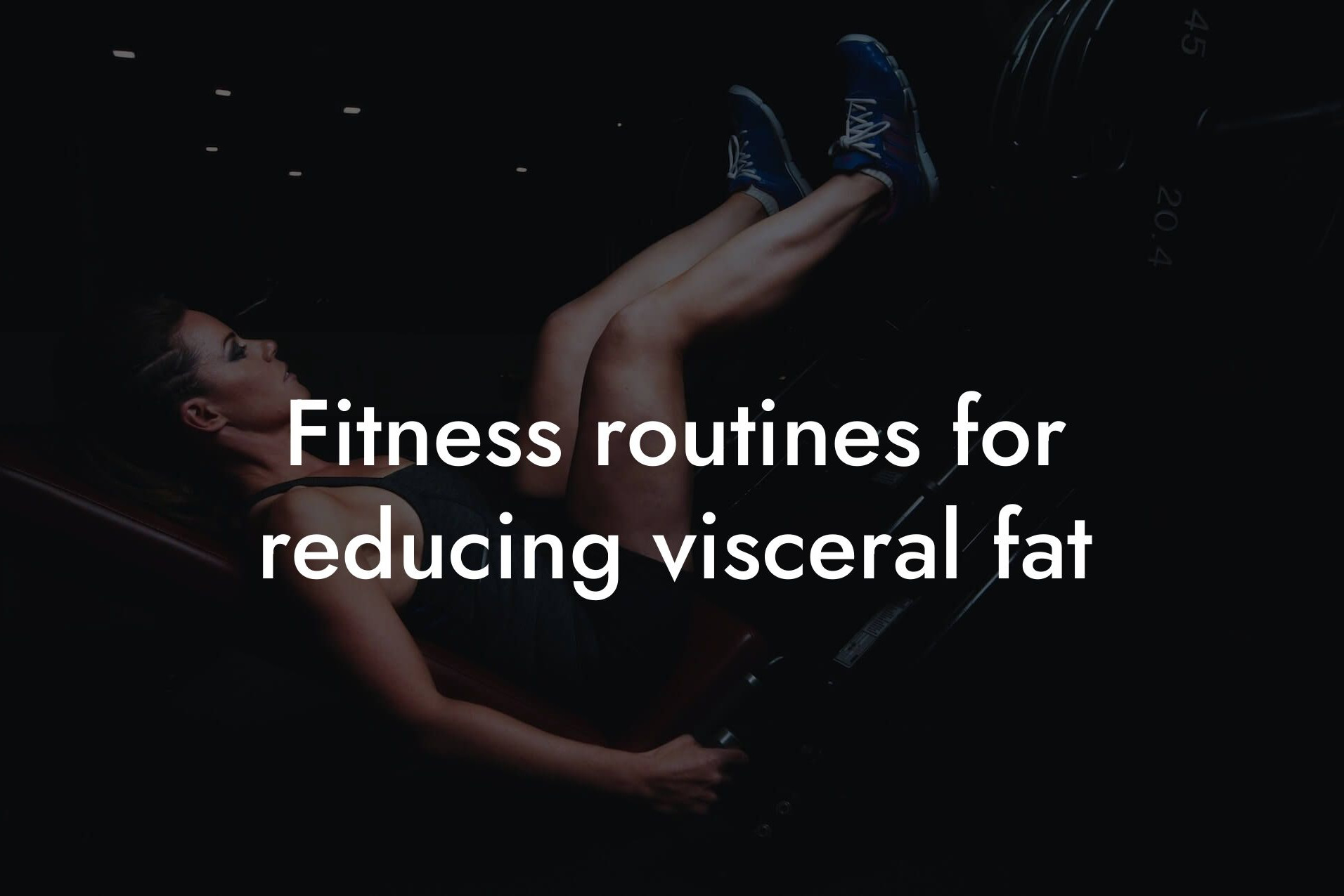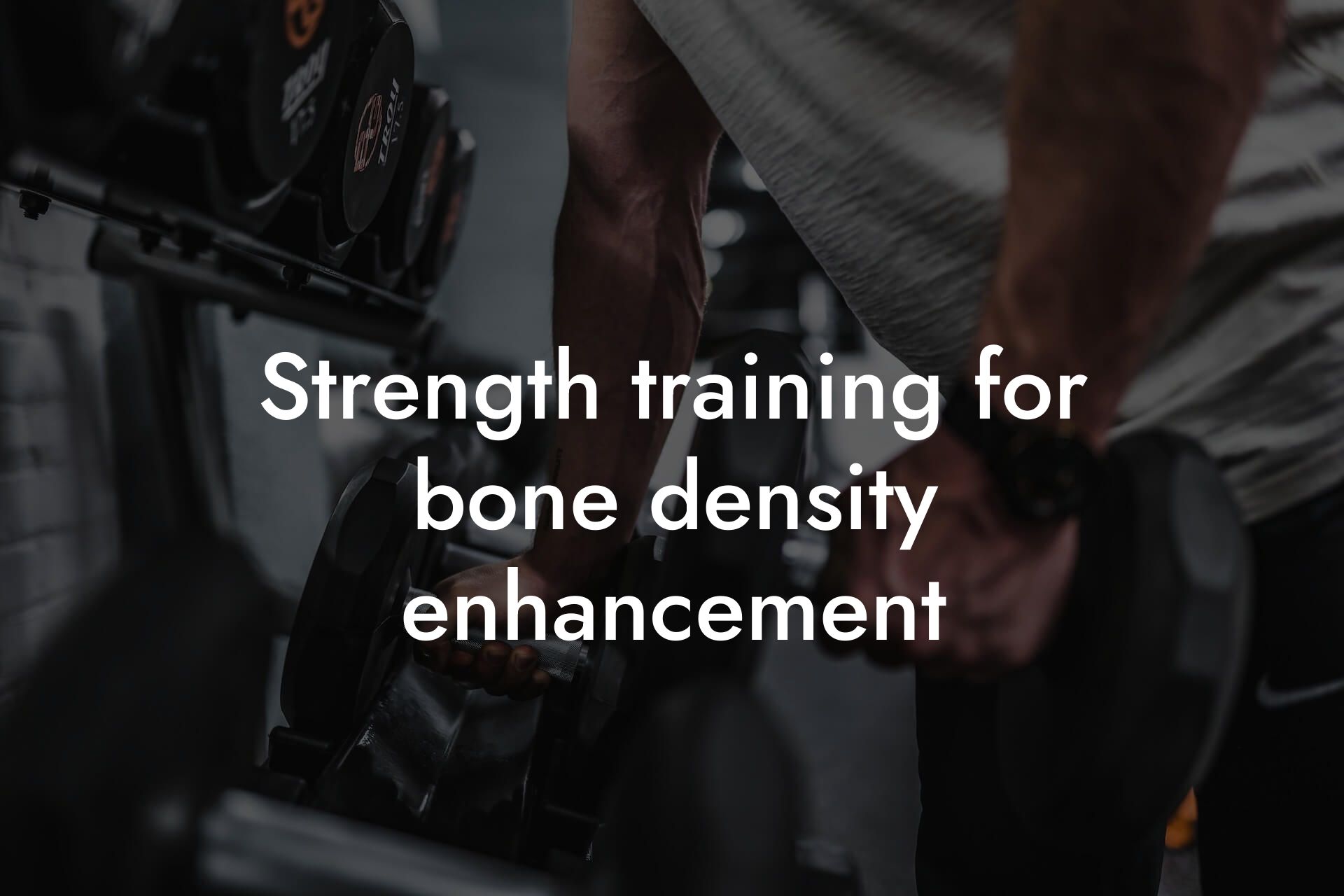CrossFit is a high-intensity fitness program that combines various exercises such as weightlifting, gymnastics, and cardio to improve overall physical fitness. It has gained popularity in recent years, especially among high-earning professionals who want to maintain a healthy and fit physique. As a professional interested in optimizing your body composition, it's essential to understand the pros and cons of incorporating CrossFit into your fitness routine.
Table of Contents
The Benefits of CrossFit for Body Composition
CrossFit can be an effective way to improve body composition by increasing muscle mass, reducing body fat, and enhancing overall physical fitness. Here are some benefits of CrossFit for body composition:
Increased Muscle Mass: CrossFit workouts often involve weightlifting and resistance exercises that help build muscle mass. As muscle mass increases, so does metabolism, which can help burn more calories at rest, leading to weight loss and improved body composition.
Improved Insulin Sensitivity: CrossFit workouts can improve insulin sensitivity, which helps regulate blood sugar levels and reduce the risk of developing type 2 diabetes. Improved insulin sensitivity can also lead to weight loss and improved body composition.
Enhanced Fat Loss: CrossFit workouts are designed to be high-intensity, which can help increase the body's fat-burning capabilities. This can lead to improved body composition and reduced body fat percentage.
The Drawbacks of CrossFit for Body Composition
While CrossFit can be an effective way to improve body composition, there are some drawbacks to consider:
Injury Risk: CrossFit workouts can be high-impact and high-intensity, which can increase the risk of injury. Injuries can set back progress and make it challenging to maintain a consistent workout routine, leading to negative impacts on body composition.
Overtraining: CrossFit workouts can be intense, and overtraining can be a common issue. Overtraining can lead to fatigue, decreased performance, and negative impacts on body composition.
Lack of Personalization: CrossFit workouts are often designed for a group setting, which can make it challenging to tailor the workout to individual needs and goals. This can lead to ineffective workouts and negative impacts on body composition.
The Importance of Proper Nutrition for CrossFit and Body Composition
Nutrition plays a critical role in achieving optimal body composition, especially when it comes to CrossFit. A well-balanced diet that provides adequate protein, complex carbohydrates, and healthy fats is essential for supporting muscle growth, recovery, and fat loss.
Adequate protein intake is crucial for muscle growth and repair, while complex carbohydrates provide energy for workouts. Healthy fats support hormone production and overall health. A diet that is deficient in these macronutrients can lead to negative impacts on body composition, even with regular CrossFit workouts.
How to Optimize CrossFit for Body Composition
To optimize CrossFit for body composition, it's essential to:
Focus on Progressive Overload: Gradually increase the intensity of workouts by adding weight, reps, or sets to continue challenging the muscles and promoting growth and development.
Incorporate Variety: Incorporate a variety of exercises and workouts to avoid plateaus and ensure overall fitness development.
Listen to Your Body: Rest and recovery are crucial for muscle growth and repair. Listen to your body and take rest days as needed to avoid overtraining and injury.
Monitor Progress: Regularly track progress through measurements, weight, and body fat percentage to adjust workouts and nutrition accordingly.
The Role of DEXA Scans in Tracking Body Composition
DEXA (Dual-Energy X-ray Absorptiometry) scans are a valuable tool for tracking body composition. DEXA scans provide a detailed analysis of body fat percentage, lean mass, and bone density, allowing individuals to track progress and make informed decisions about their fitness routine.
At Tano Performance Group, we offer DEXA scans as part of our comprehensive body assessment package. Our team of experts will work with you to provide a personalized analysis of your body composition and develop a tailored fitness plan to help you achieve your goals.
CrossFit can be an effective way to improve body composition, but it's essential to be aware of the pros and cons. By incorporating CrossFit into your fitness routine, focusing on proper nutrition, and tracking progress through DEXA scans, you can achieve optimal body composition and take your physical fitness to the next level. Remember to listen to your body, avoid overtraining, and make adjustments as needed to ensure a safe and effective workout routine.
At Tano Performance Group, we're committed to helping high-earning professionals like you achieve their fitness goals and optimize their body composition. Contact us today to learn more about our comprehensive body assessment package and how we can help you take your physical fitness to the next level.
Frequently Asked Questions
What is CrossFit and how does it differ from traditional gym workouts?
CrossFit is a high-intensity fitness program that combines various exercises such as weightlifting, gymnastics, and cardio to improve overall fitness and athleticism. It differs from traditional gym workouts in its focus on functional movements, varied exercises, and community-based training. CrossFit workouts are typically short, intense, and constantly varied, which helps to prevent plateaus and keep the body challenged.
What are the benefits of CrossFit for body composition?
CrossFit can be highly effective for improving body composition due to its high-intensity nature, which can help increase muscle mass and burn fat. The varied exercises and workouts also help to improve insulin sensitivity, boost metabolism, and enhance overall athleticism.
Is CrossFit suitable for beginners?
Yes, CrossFit can be modified to suit beginners. While the workouts may appear intense, CrossFit gyms (boxes) offer scaling options to accommodate different fitness levels. A good coach will help you modify exercises to suit your needs, and you can start with lighter weights and progress gradually.
What are the common CrossFit exercises?
CrossFit workouts typically involve a combination of exercises such as squats, deadlifts, bench press, pull-ups, burpees, jump squats, box jumps, and rowing. These exercises are designed to improve strength, power, speed, agility, and endurance.
How often should I do CrossFit to see results?
To see significant improvements in body composition, it's recommended to do CrossFit 3-4 times a week, with at least one day of rest in between. However, this can vary depending on your current fitness level, goals, and schedule. Consistency is key, so it's better to do 3-4 times a week consistently than to try to do 5-6 times a week and risk burnout.
Can I do CrossFit at home or do I need to join a gym?
While it's possible to do CrossFit at home, joining a CrossFit gym (box) is highly recommended. A good CrossFit gym provides access to experienced coaches, a supportive community, and specialized equipment. Additionally, a gym setting helps to keep you motivated and accountable.
What is the importance of proper form and technique in CrossFit?
Proper form and technique are crucial in CrossFit to avoid injuries and get the most out of your workouts. Good form helps to engage the correct muscles, reduce the risk of injury, and improve overall performance. It's essential to work with a qualified coach who can teach and correct your form.
How does CrossFit compare to other forms of exercise for weight loss?
CrossFit can be an effective way to lose weight due to its high-intensity nature and focus on functional movements. However, it's essential to combine CrossFit with a healthy diet and lifestyle to achieve sustainable weight loss. Compared to other forms of exercise, CrossFit can be more effective for weight loss due to its ability to build muscle mass and boost metabolism.
Can I do CrossFit if I have a medical condition or injury?
It's essential to consult with a doctor or healthcare professional before starting CrossFit, especially if you have a medical condition or injury. A good CrossFit gym will also require a medical clearance form before starting. With proper guidance and modifications, CrossFit can be adapted to accommodate certain medical conditions and injuries.
How does CrossFit impact bone density?
CrossFit can have a positive impact on bone density due to its focus on weight-bearing exercises, which help to strengthen bones. The high-impact nature of some CrossFit exercises, such as jump squats and box jumps, can also help to improve bone density.
Can CrossFit help with muscle gain?
Yes, CrossFit can be an effective way to gain muscle mass due to its focus on strength training and high-intensity exercises. The varied exercises and workouts also help to keep the muscles guessing, which can lead to increased muscle growth.
How does CrossFit impact cardiovascular health?
CrossFit can have a significant impact on cardiovascular health due to its focus on high-intensity exercises, which help to improve heart rate and cardiovascular function. Regular CrossFit workouts can also help to lower blood pressure, improve circulation, and increase overall cardiovascular fitness.
What is the role of nutrition in CrossFit?
Nutrition plays a critical role in CrossFit, as it helps to fuel workouts, support recovery, and promote overall health. A balanced diet that includes plenty of protein, complex carbohydrates, and healthy fats is essential for optimal performance and body composition.
How does CrossFit impact mental health?
CrossFit can have a positive impact on mental health due to its focus on community, accountability, and accomplishment. The sense of belonging to a community and achieving fitness goals can help to boost self-esteem, reduce stress, and improve overall mental well-being.
Can I do CrossFit if I'm over 40?
Absolutely! CrossFit can be adapted to suit any age group, including those over 40. With proper guidance and modifications, CrossFit can be an effective way to improve fitness, health, and overall well-being, regardless of age.
How does CrossFit compare to other forms of exercise for building muscle?
CrossFit can be an effective way to build muscle due to its focus on strength training and high-intensity exercises. However, it's essential to combine CrossFit with a proper nutrition plan and sufficient rest to support muscle growth.
Can I do CrossFit if I'm a beginner to weightlifting?
Yes, CrossFit can be a great way to learn weightlifting techniques and improve overall strength. A good CrossFit gym will provide guidance on proper form and technique, and help you progress gradually.
How does CrossFit impact flexibility and mobility?
CrossFit can help to improve flexibility and mobility due to its focus on functional movements and exercises that require a full range of motion. Regular CrossFit workouts can also help to increase flexibility and reduce the risk of injury.
Can I do CrossFit if I have a busy schedule?
Yes, CrossFit can be adapted to suit busy schedules. Many CrossFit gyms offer early morning or lunchtime classes, and some even offer online workouts and coaching. With a little creativity, it's possible to fit CrossFit into even the busiest of schedules.
How does CrossFit impact overall athleticism?
CrossFit can have a significant impact on overall athleticism due to its focus on functional movements, strength training, and high-intensity exercises. Regular CrossFit workouts can help to improve speed, agility, power, and endurance, making it an effective way to improve overall athleticism.
What are the potential drawbacks of CrossFit?
Some potential drawbacks of CrossFit include the risk of injury, especially for those who are new to high-intensity exercise or have a history of injuries. Additionally, CrossFit can be intense and demanding, which may not be suitable for everyone. It's essential to find a good CrossFit gym with experienced coaches and a supportive community to minimize the risks and maximize the benefits.
How does CrossFit impact body fat percentage?
CrossFit can be an effective way to reduce body fat percentage due to its focus on high-intensity exercise, strength training, and improved insulin sensitivity. Regular CrossFit workouts can help to increase metabolism, burn fat, and reveal lean muscle mass.
Can I do CrossFit if I'm pregnant or postpartum?
It's essential to consult with a doctor or healthcare professional before starting CrossFit during pregnancy or postpartum. With proper guidance and modifications, CrossFit can be adapted to suit pregnant or postpartum women, helping to improve overall health and fitness during this critical period.
How does CrossFit impact overall health and wellness?
CrossFit can have a significant impact on overall health and wellness due to its focus on functional movements, strength training, and high-intensity exercise. Regular CrossFit workouts can help to improve cardiovascular health, boost immunity, and increase overall energy levels, leading to improved overall health and wellness.
Here are some related articles you might love...
- The best exercises for a strong core
- Fitness routines for reducing visceral fat
- Strength training for bone density enhancement
- How to design a workout plan based on DEXA scan results
- Strengthening exercises for bone fracture prevention
- Functional fitness for professionals
- Pilates for flexibility and core strength
- Benefits of resistance bands for muscle toning
- Balancing strength training with cardiovascular health
Zak Faulkner
Zak Faulkner is a leading authority in the realm of physical health and body composition analysis, with over 15 years of experience helping professionals optimise their fitness and well-being. As one the experts behind Tano Performance Group, Zak has dedicated his career to providing in-depth, science-backed insights that empower clients to elevate their physical performance and overall health.
With extensive knowledge of DEXA technology, Zak specializes in delivering comprehensive body assessments that offer precise data on body fat, muscle mass, bone density, and overall physique. His expertise enables individuals to make informed decisions and achieve their fitness goals with accuracy and confidence. Zak’s approach is rooted in a deep understanding of human physiology, combined with a passion for helping clients unlock their full potential through personalised strategies.
Over the years, Zak has earned a reputation for his commitment to excellence, precision, and client-focused service. His guidance is trusted by top professionals who demand the best when it comes to their health. Whether advising on fitness programs, nutritional strategies, or long-term wellness plans, Zak Faulkner’s insights are a valuable resource for anyone serious about taking their health and fitness to the next level.
At Tano Performance Group, Zak continues to lead our Content Team revolutionising how professionals approach their physical health, offering unparalleled expertise that drives real results.




